Sapphire
Ask any jeweler to list the gemstones with which they prefer to work, and sapphires and rubies would undoubtedly rank near the top. With a hardness of 9 on the Mohs scale, these popular varieties of corundum have long been considered nearly impossible to damage, and they can easily withstand the melting point of even high karat gold solders (about 1,6400F to 1,7400F).
Not surprisingly, many jewelers feel a comforting sense of security when faced with a ruby- or sapphire-set piece. Which may be a problem.
Given the gem's reputation for toughness, jewelers sometimes take the strength of a sapphire or ruby for granted. It's widely accepted, for example, that corundum is one of the few stones other than diamond able to withstand the heat used to retip a prong or perform stone-in-place casting. And that's true; many rubies and sapphires undergo these processes with little or no noticeable effect. However, if a piece of jewelry is subjected to a torch and then rapidly quenched in pickle - a routine followed by hundreds of bench jewelers every day - corundum can crack like an ice cube, and so too can its aura of invincibility. A favorite gemstone by consumers with the most expensive being the natural orange pink Padparascha often referred to as a Pad Sapphire
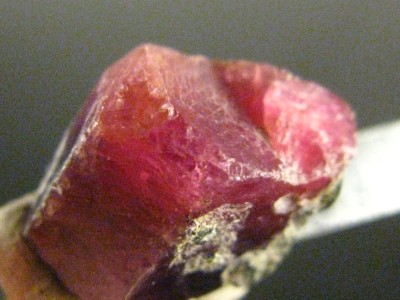 | Nice Ruby Sapphire Crystal Rough
18.80 Carats
From Madagascar 9 | Not For Sale | ||||
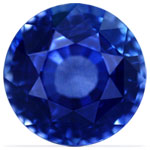 | ||||||
Big Blue Corundum Sapphire Rough Crystal
From the Border of Burma & China | ||||||
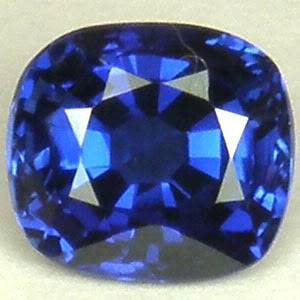 | 4.10 CT CUSHION NATURAL BLUE SAPPHIRE from AFRICA | |||||
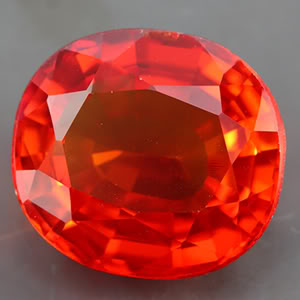 | 23.80Ct Excellent AAA Orange Red Oval Sapphire | |||||
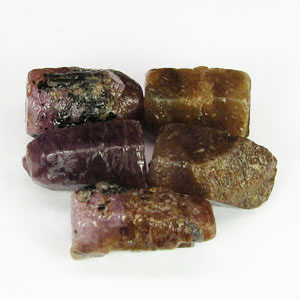 | 90.01ct Natural Rough Crystal Purple Brown Sapphire | |||||
| Vietnam Pink Sapphire Crystal | ||||||
| Not For Sale | |||||
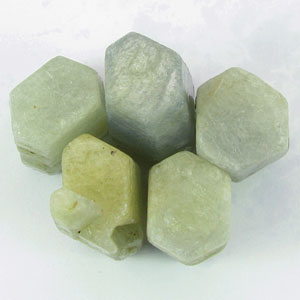 | 205.15ct Blue Green Natural Rough Crystal Sapphire from Madagascar | |||||
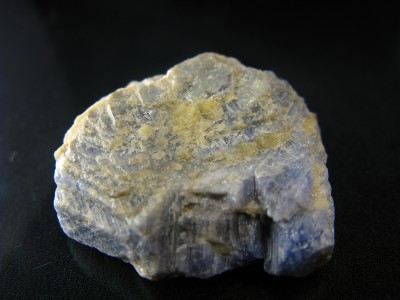 | Large Blue Rough Sapphire Crystal
169 Carats
From Russia 9 | Not For Sale | ||||
